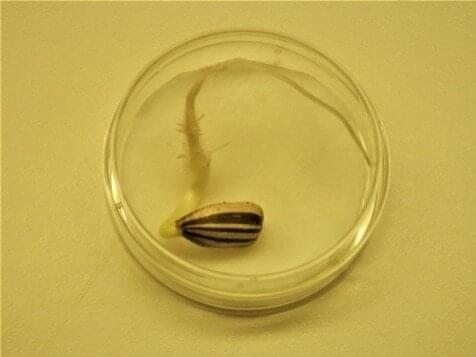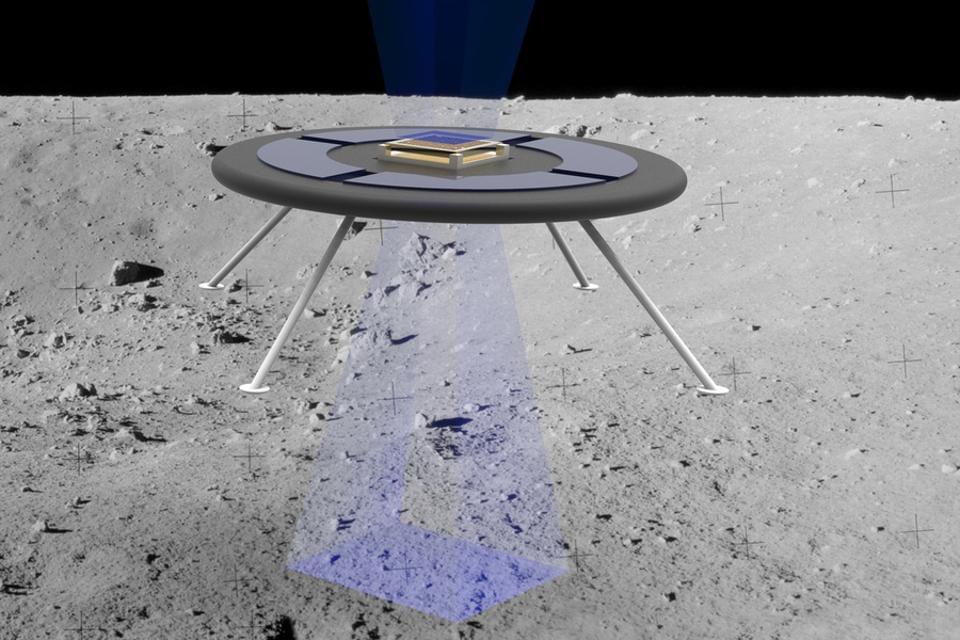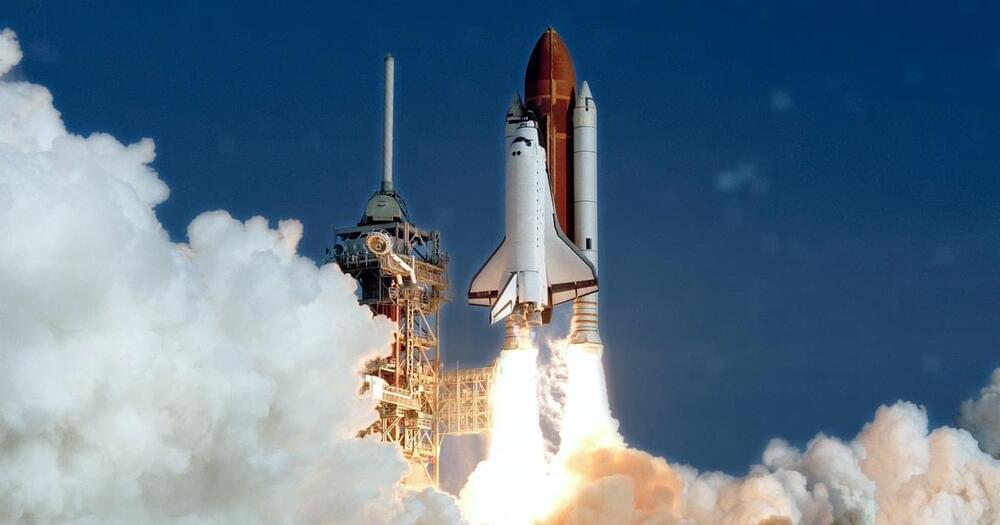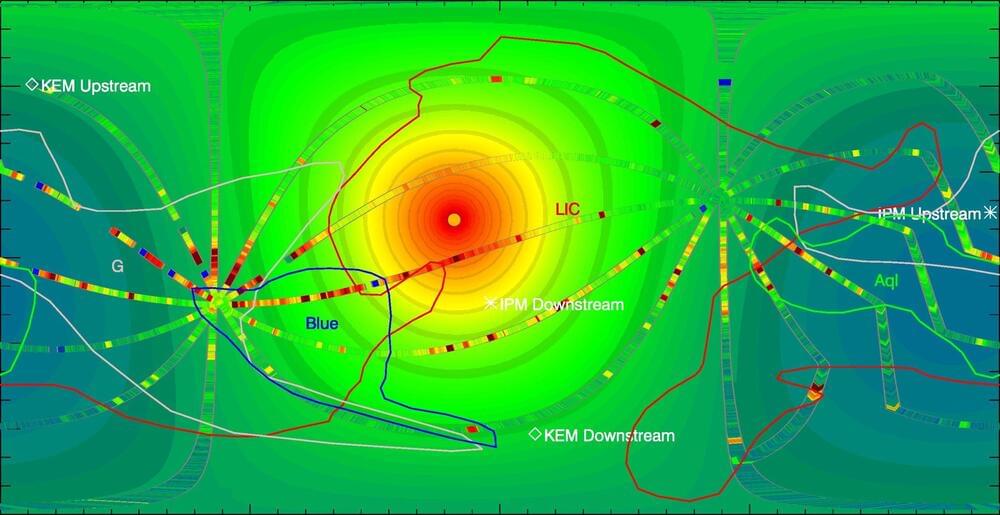So far, so good for the revolutionary telescope that is heading toward deep space, but challenges remain.



The rhythms of activity in all biological organisms, both plants and animals, are closely linked to the gravitational tides created by the orbital mechanics of the sun-Earth-moon system. This truth has been somewhat neglected by scientific research but is foregrounded in a study by Cristiano de Mello Gallep at the University of Campinas (UNICAMP) in the state of São Paulo, Brazil, and Daniel Robert at the University of Bristol in the United Kingdom. An article on the study is published in the Journal of Experimental Botany.
“All matter on Earth, both live and inert, experiences the effects of the gravitational forces of the sun and moon expressed in the form of tides. The periodic oscillations exhibit two daily cycles and are modulated monthly and annually by the motions of these two celestial bodies. All organisms on the planet have evolved in this context. What we sought to show in the article is that gravitational tides are a perceptible and potent force that has always shaped the rhythmic activities of these organisms,” Gallep told.
The study is both an extensive review of the literature and a meta-analysis of the data from three previously published cases in which gravitational causality was not fully explored: The swimming activity of isopods, small shell-less crustaceans whose appearance on Earth dates from at least 300 million years ago; reproductive effort in coral; and growth modulation in sunflower seedlings inferred from autoluminescence. In the latter case, the researchers analyzed results of their own investigations as well as data from the literature.
JWST’s sunshield is fully deployed! The sunshield’s deployment is what everyone involved in this mission was most nervous about, because you can’t predict exactly how fabric will move—especially not in zero-G.
This sunshield will always be between the telescope and the Sun/Earth/Moon. JWST will circle the Sun 1.5 million kilometers distant from (but almost in line with) the Earth, allowing it to be positioned in this manner.
By passively venting its heat into space, the sunshield will enable the telescope to drop to a temperature below 50 Kelvin (−370°F, or-223°C). Through a passive cooling system, the near-infrared instruments (NIRCam, NIRSpec, FGS/NIRISS) will operate at about 39 K (−389°F,-234°C). Using a helium refrigerator, or cryocooler system, the mid-infrared instrument (MIRI) will operate at a temperature of 7 K (−447°F,-266°C).
The sunshield not only creates a cool environment, but also one that is thermally stable. This is necessary to keep the primary mirror segments in appropriate alignment while the telescope rotates around the Sun.


Space Renaissance is launching the 2022 Membership Campaign!
Space Renaissance Artists **Einar Larsen**, from Norway, and **Priscilla Thomas**, from Alaska, generously donated some of their artworks, and other Space Artists will do the same!
Every **new SRI Members** will receive a link to download a beautiful Visual Space Renaissance ArtWork! ## **CHECK IN TODAY!**.
Artworks donated by Space Artists to all new SRI Members!

When thinking of the power of the Ingenuity drone on Mars, which has done more than a dozen flights on the Red Planet to scout ahead of the Perseverance rover, imagine what it would be like to fly a similar machine over the moon.
But without a substantial atmosphere to speak of — the moon is essentially “airless” — such a hovering drone needs a completely different way to stay above ground than on Mars. The early-stage design, being developed at the Massachusetts Institute of Technology, proposes using the moon’s static charge to keep the vehicle flying.
The moon’s electrical properties are well-known to science, as it produces such qualities as hovering dust — especially at the line of daylight and darkness. Small rovers on the moon haven’t been used yet at all, although we have seen a few on the Japanese Hayabusa2 mission to asteroid Ryugu.
“That spacecraft operated around a small asteroid and deployed small rovers to its surface,” lead author Oliver Jia-Richards, a graduate student in MIT’s department of aeronautics and astronautics, said in a statement. “Similarly, we think a future [moon] mission could send out small hovering rovers to explore the surface of the moon and other asteroids.”
Full Story:
Blockchain Technology on Mars.
Can a Mars economy be established on top of Blockchain Technologies?
In this youtube we’ll review the basic principles of Blockchain Technologies, and how they can be applied on another planet.
Mars is an isolated planet, with travel time of ~ 6 month and communication time of 5 – 20 minutes to Earth. Sometimes, when the Sun is between Earth and Mars communication can’t be established without a relay station, which may slow communication even further.
The initial settlements on Mars will have a small number of people when compared to Earth. So, Mars can’t effort to have a financial and legal system similar to Earth. Those system must be cheaper, faster and more efficient to operate.

Indeed, nothing like this has ever been attempted in space before ensuring that we hold our breaths each time the JWTS embarks on the next steps of its six-month journey to fully transform into its final configuration and begin its science mission. Now, NASA is reporting that the telescope just successfully completed another step in its impressive transformation.
“With the successful extension of Webb’s second sunshield mid-boom, the observatory has passed another critical deployment milestone. Webb’s sunshield now resembles its full, kite-shaped form in space,” said NASA in a statement.

Researcher utilized SwRI-developed instrument on New Horizons to measure how much Lyman-alpha light the Milky Way.
The Milky Way is the galaxy that contains the Earth, and is named for its appearance from Earth. It is a barred spiral galaxy that contains an estimated 100–400 billion stars and has a diameter between 150,000 and 200,000 light-years.